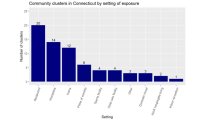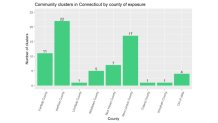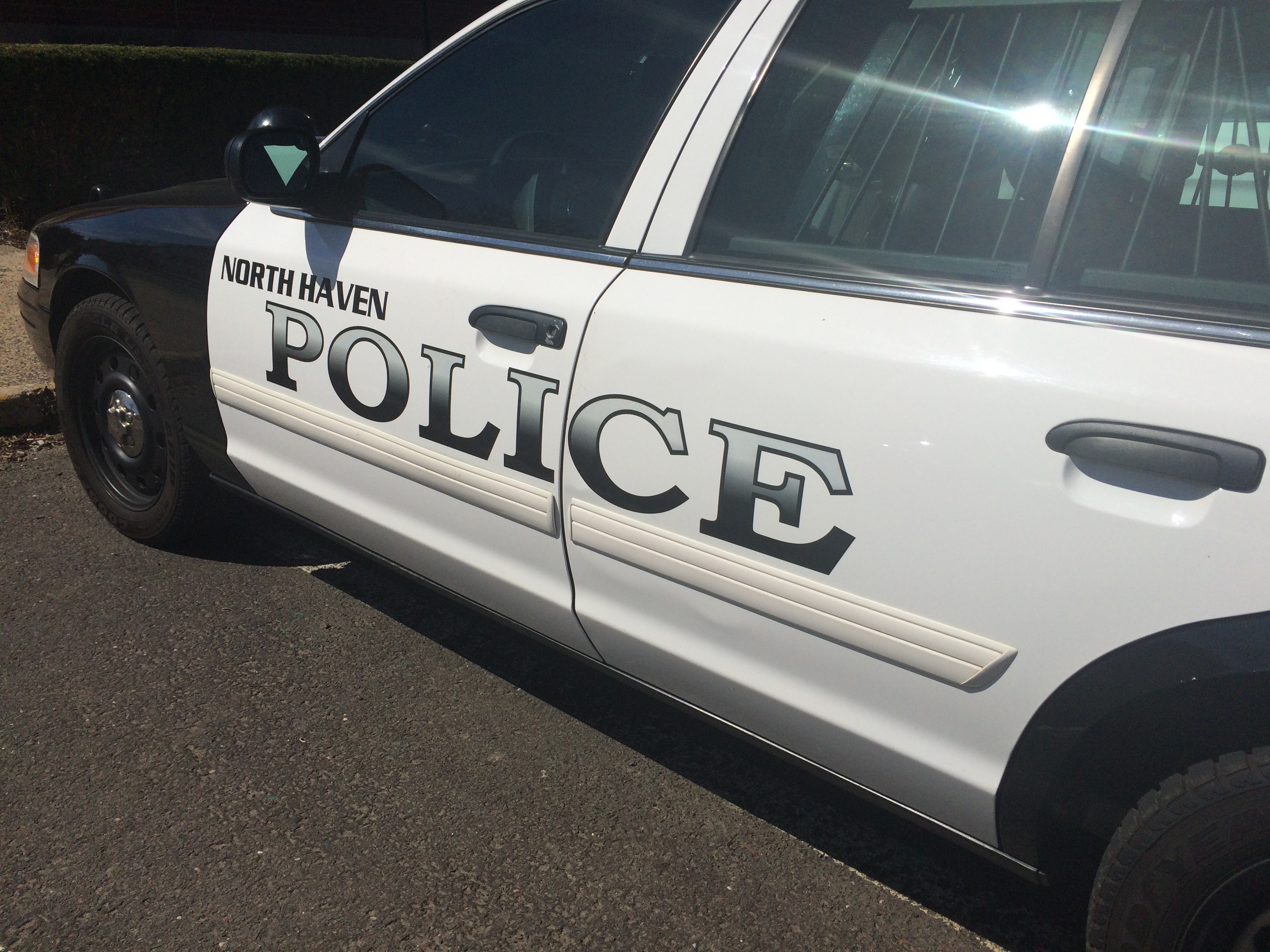Data from the Connecticut Department of Public's Health outbreak team offers insight into where people are being exposed to the coronavirus.
As of November 9, the infectious disease experts on the outbreak team have investigated 69 epidemiologically-linked clusters of the virus. The data does not include outbreaks tracked from healthcare settings or colleges and universities.

Investigators found that restaurants were the setting of exposure for 20 of the cases. Workspaces accounted for 14, while private homes came in at 12. Investigators also tracked clusters to places of worship, sports facilities, child care facilities, domestic travel situations, adult congregate living, and indoor recreation. Three clusters were tracked to an unspecified "other" category.

The data also provided details on which counties saw clusters.
The data is hardly a complete picture, but it does give some insight into tracking the virus in the state.
Local
The state is ending its first week of Phase 2.1, a rollback of coronavirus reopening restrictions that reduced capacity at restaurants and set a curfew for dine-in service, and event and entertainment venues. Restaurants, already hard-hit by the pandemic, have expressed concerns that the new restrictions will prevent them from staying afloat.
Testing sites are reaching capacity as coronavirus cases surge in the state. On Thursday the positivity rate came in at 4.8%. The seven-day average is 4.4%, state officials said.
“If they don’t have enough of an impact slowing the spread then the governor’s going to be confronted with additional choices that we want to try to avoid," GeBalle said.
For more state COVID-19 data, click here.



